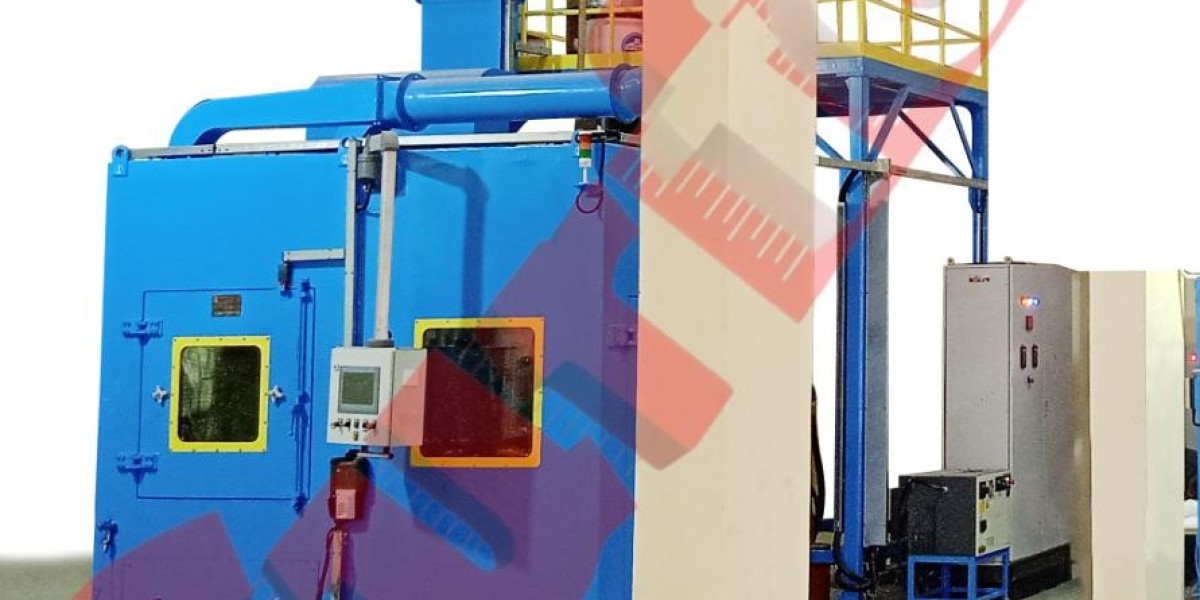In the dynamic world of technology, few innovations have had as profound an impact as AI and Machine Learning. These twin pillars of modern computing have rapidly moved from research labs to real-world applications, revolutionizing the way businesses operate and people interact with technology.
In 2025, the influence of these technologies is more visible than ever. From predictive analytics to automation, from personalized recommendations to intelligent robotics, AI and Machine Learning are fundamentally changing industries, reshaping customer experiences, and redefining competitive advantage.
The Growing Role of AI and Machine Learning
The evolution of AI and Machine Learning is marked by significant advances in data processing, neural networks, and algorithmic efficiency. Unlike traditional software, which follows a static set of rules, these technologies can learn from vast datasets, identify patterns, and make decisions with minimal human intervention.
This capability makes them especially valuable in sectors where real-time decision-making and pattern recognition are crucial. As a result, industries such as healthcare, finance, retail, manufacturing, and logistics are experiencing unprecedented growth and innovation.
Healthcare: A Revolution in Diagnosis and Treatment
One of the most promising applications of AI and Machine Learning is in healthcare. Diagnostic tools powered by machine learning algorithms can analyze medical images, detect anomalies, and even predict disease progression with remarkable accuracy. For instance, AI systems are now outperforming radiologists in identifying certain types of cancer in early stages.
Moreover, AI and Machine Learning are streamlining drug discovery and development by simulating molecular interactions and identifying promising compounds faster than traditional methods. Personalized medicine—tailoring treatment plans based on a patient’s genetic profile—is another major breakthrough fueled by these technologies.
Telemedicine has also seen significant growth thanks to AI-powered chatbots and virtual health assistants that can triage symptoms, manage appointments, and monitor patient health remotely.
Finance: Smarter Decisions, Reduced Risk
In the financial world, AI and Machine Learning are transforming risk assessment, fraud detection, and trading strategies. Algorithms can now analyze historical data, market trends, and real-time news to make informed predictions about stock performance and investment opportunities.
Banks and fintech companies are also leveraging machine learning to personalize customer experiences—recommending financial products, providing robo-advisory services, and automating routine transactions.
Fraud detection systems, enhanced by AI and Machine Learning, are capable of identifying unusual patterns in spending behavior and flagging potential threats with greater speed and accuracy than manual systems ever could.
Retail: Personalized Experiences and Demand Forecasting
Retailers are increasingly relying on AI and Machine Learning to gain a competitive edge. These technologies enable businesses to analyze customer behavior, purchase history, and preferences to offer highly personalized shopping experiences. Recommendation engines—like those used by Amazon and Netflix—are perfect examples of this in action.
Inventory management and demand forecasting have also become more accurate, allowing businesses to optimize stock levels, reduce waste, and enhance the supply chain. Chatbots powered by AI are improving customer service by handling queries and complaints around the clock.
Manufacturing: Smart Factories and Predictive Maintenance
The manufacturing sector is undergoing a major transformation with the integration of AI and Machine Learning. Smart factories now use sensors and IoT devices to collect real-time data from machinery and production lines. Machine learning models analyze this data to predict equipment failures before they occur, reducing downtime and maintenance costs.
Quality control has also improved, with AI-powered vision systems detecting product defects more reliably than the human eye. In addition, robotics combined with machine learning is driving automation in complex assembly tasks, increasing both efficiency and safety.
Transportation and Logistics: Optimizing Routes and Resources
AI and Machine Learning are playing a crucial role in optimizing transportation networks and logistics operations. These technologies can analyze traffic patterns, weather data, and shipment schedules to determine the most efficient routes for delivery trucks or cargo shipments.
Self-driving vehicles, once a futuristic concept, are becoming increasingly viable, with AI systems capable of processing massive volumes of data from cameras, sensors, and GPS systems to navigate safely and efficiently.
In warehousing, autonomous robots powered by machine learning algorithms are enhancing order picking, sorting, and inventory tracking, leading to faster delivery times and lower operational costs.
Education: Personalized Learning Paths
Education is also seeing dramatic changes through the application of AI and Machine Learning. Intelligent tutoring systems adapt to individual learning styles and paces, offering customized lesson plans and real-time feedback. These systems can identify areas where students are struggling and adjust content accordingly.
Educators are using data analytics to monitor student progress and identify trends that may require intervention. Virtual assistants and AI-driven learning platforms are helping students with on-demand resources and personalized study plans.
Challenges and Ethical Considerations
Despite the numerous benefits, the rise of AI and Machine Learning comes with challenges. Concerns around data privacy, algorithmic bias, and job displacement are prompting companies and governments to establish regulatory frameworks and ethical guidelines.
Bias in machine learning models—often due to biased training data—can lead to unfair outcomes in areas like hiring, lending, and law enforcement. Therefore, transparency and fairness in algorithm design are critical areas of focus.
Additionally, there is an ongoing debate about the impact of automation on employment. While AI and Machine Learning can create new job opportunities in tech and data science, they also pose a threat to roles that can be easily automated.
The Future Outlook
The future of AI and Machine Learning looks promising. With continued advancements in quantum computing, 5G connectivity, and data infrastructure, these technologies are expected to become even more powerful and accessible.
Businesses that embrace AI-driven innovation will likely gain a significant advantage over competitors. However, success will depend not just on adopting the right tools, but also on building a culture of agility, continuous learning, and ethical responsibility.
In the coming years, we can expect to see AI and Machine Learning becoming even more embedded in our everyday lives—from virtual assistants that understand context better than ever before to predictive systems that anticipate our needs before we voice them.
There is no doubt that AI and Machine Learning are at the heart of the digital revolution. Their ability to process vast amounts of data, adapt in real-time, and make intelligent decisions is reshaping the world across every sector.
For businesses, staying ahead means more than just keeping up with trends—it means investing in the right talent, technology, and strategies to harness the true potential of AI and Machine Learning. As these innovations continue to evolve, so too will the opportunities they unlock for a smarter, more connected world.








